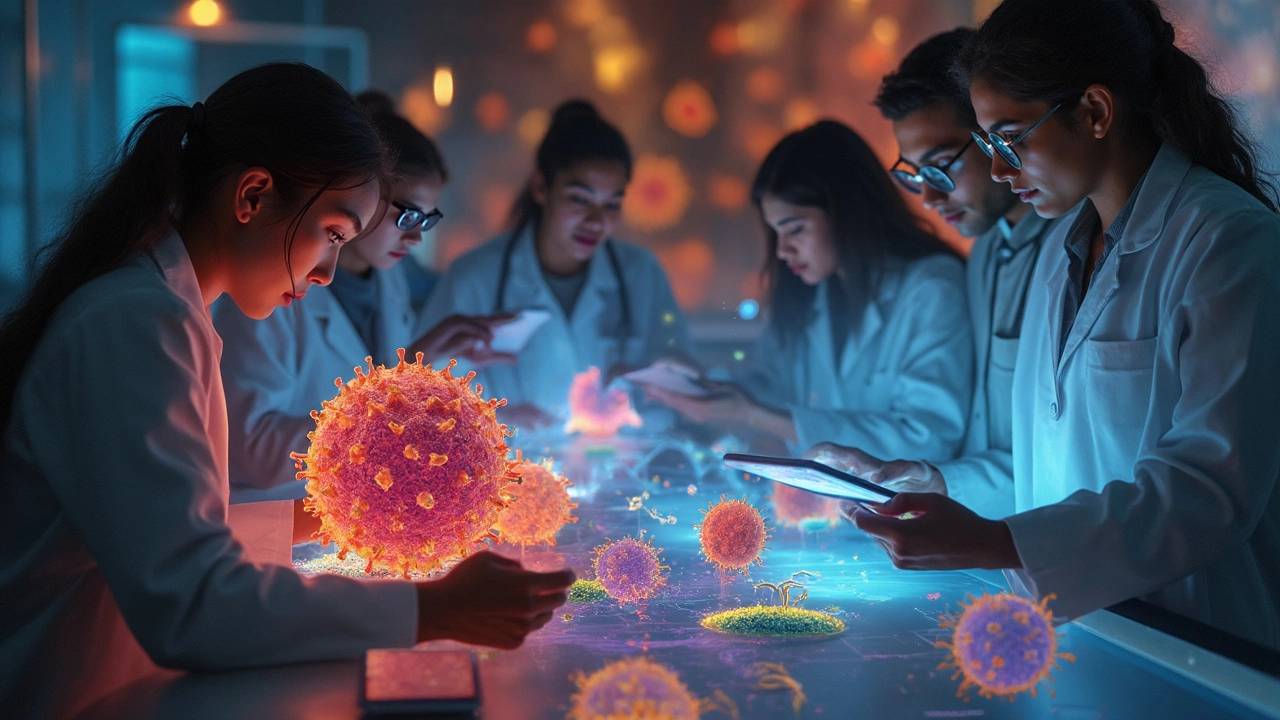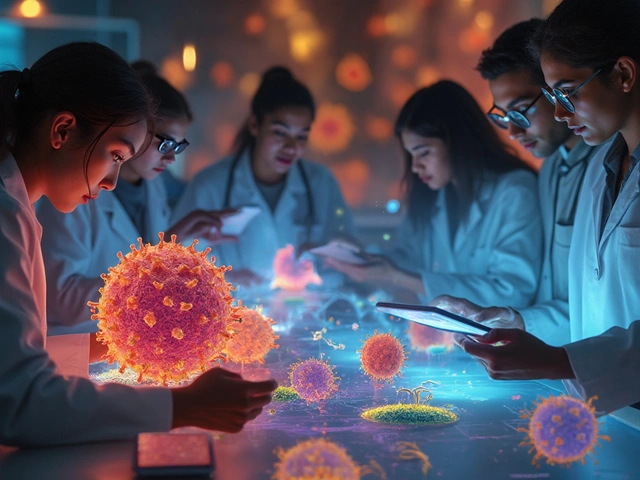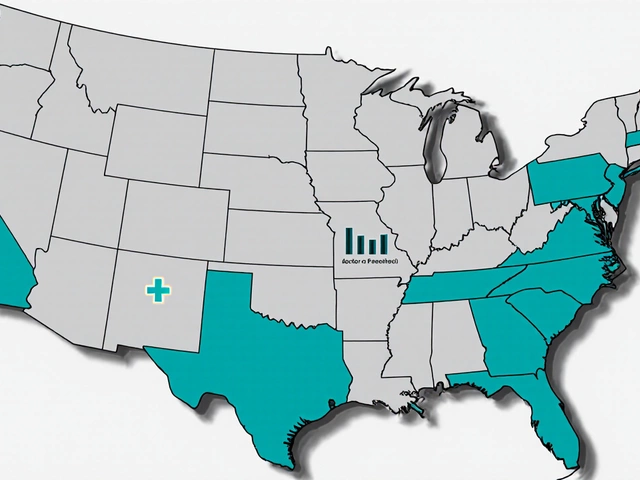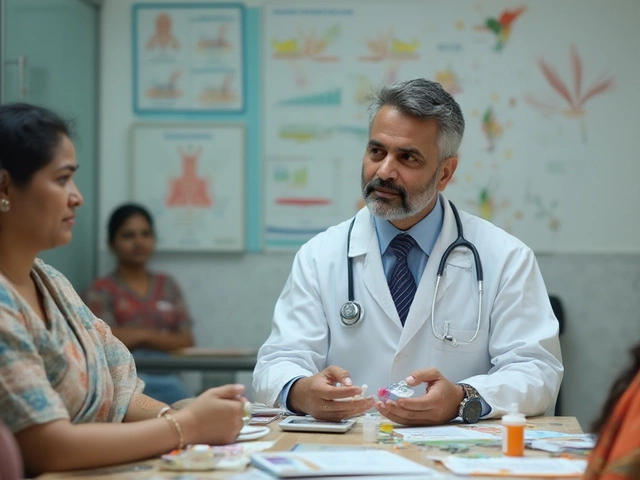What Cancer Cells Are and Why They Matter
When a cell stops listening to the body’s rules, you get a cancer cell. It multiplies fast, ignores signals to die, and can invade nearby tissue. Those rogue cells are the reason we feel pain, see lumps, and need treatments.
Not all cancer cells behave the same. Some grow slowly and are easy to treat; others spread quickly and become deadly. Knowing the difference helps you understand why certain cancers hurt more or have lower survival rates.
Types That Bite Harder
Articles on our site show that the most painful cancer treatments often involve aggressive tumors in bone or the brain. For example, bone‑marrow transplants and high‑dose chemo can feel like fire. The deadliest cancers—like pancreatic, lung, and glioblastoma—are tough because they hide early and spread fast.
On the flip side, cancers caught early, such as some skin or thyroid cancers, have survival rates above 90 %. Our “Which Cancer Is Easiest to Survive?” guide lists those low‑risk types and explains why early detection makes a huge difference.
How Cancer Cells Impact Treatment Choices
If a tumor is made of fast‑growing cells, doctors may push intense chemo, radiation, or even surgery that can be very painful. That’s why we wrote “Most Painful Cancer Treatments” to prepare patients for what to expect and what pain‑relief options exist.
When a cancer is labeled “uncurable,” like certain advanced pancreatic cancers, the focus shifts to palliative care—managing symptoms and keeping quality of life up. Our piece on “Which Cancers Are Not Curable?” breaks down those realities without sugar‑coating.
Understanding the cell type also guides drug choices. Targeted therapies work best on cancers with specific genetic markers, while immunotherapy helps the body recognize and attack rogue cells.
For anyone facing a diagnosis, knowing whether their cancer falls into a high‑pain, high‑mortality group or a more manageable category can shape the conversation with doctors. Ask about the cell’s growth rate, expected side effects, and what supportive measures are available.
Besides medical options, lifestyle tweaks can support treatment. Staying hydrated, eating nutrient‑rich foods, and getting gentle movement can help your body cope with the stress that cancer cells create.
Remember, each cancer story is unique. Use the resources on this tag—like the “Last 6 Months of Cancer” guide—to plan ahead, set realistic expectations, and find practical tips for daily life.
Bottom line: cancer cells are the “bad actors” that decide how hard your journey will be. By learning which type you’re dealing with, you can ask the right questions, pick the best treatment path, and keep hope alive.

What Stops Cancer Cells from Growing? The Science Behind Tumor Control
Why don’t all cancer cells run wild in our bodies? This article explains the real roadblocks that slow down or stop cancer growth—from the body's own defense tricks to the science behind targeted treatments. You'll learn how researchers find weak spots in cancer cells and what you can do to support your body during treatment. The info is clear, practical, and geared toward anyone curious about how these breakthroughs actually work.




